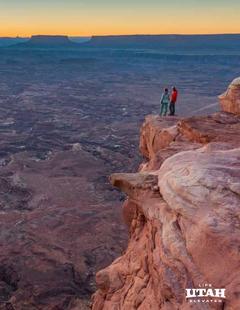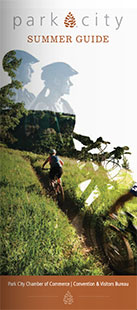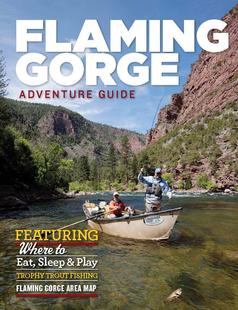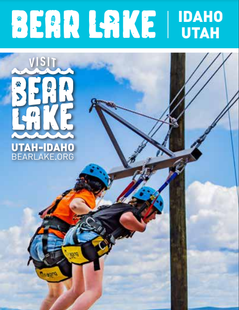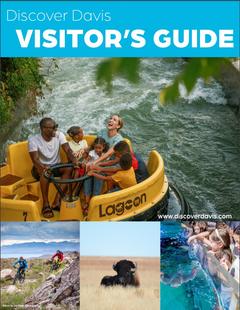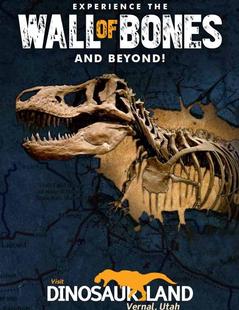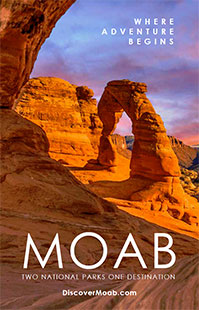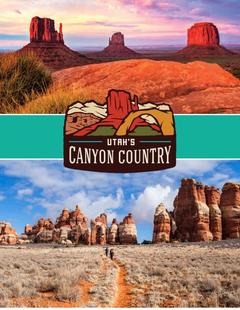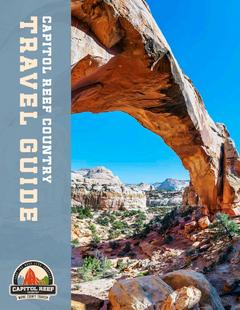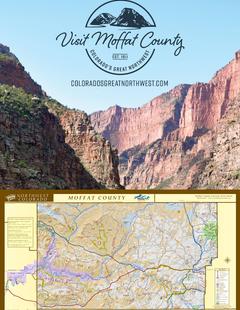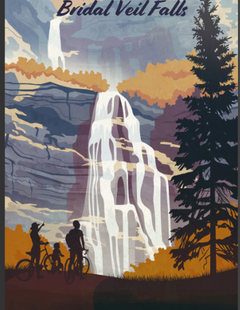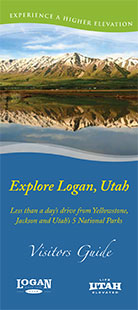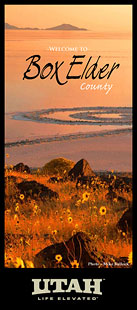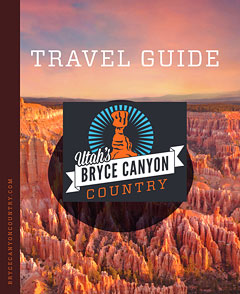Contact Info
Basics
- Location:
- Near Sundance Ski Area, above Provo and Orem
- Length:
- 12.9 miles (plus 5.3 miles by car)
- Difficulty:
- Intermediate
- Time:
- Day 1: 6 3/4 hours
Day 2: 4 1/2 hours - Elevation Change:
- 4580 feet
- Season:
- Midsummer through mid-fall.
Description
Until 1970 Timpanogos was the object of an annual summer event in Provo called the "Timp Hike, which prompted many thousands of outdoorsmen to climb the well known mountain. The celebrated Timp Hike was grudgingly discontinued in 1970, after 59 years, when an estimated 3,500 people reached the summit in a single day. The pressure of so many hikers on the fragile alpine ecosystem proved to be an unmitigated environmental disaster, and many Forest Service officials feared that the mountain might never recover. Fortunately Mount Timpanogos did recover, and in 1984, to insure against future misuse, it was designated by Congress as the Mount Timpanogos Wilderness Area.
Details
Location:
Length:
Difficulty:
Time:
Day 2: 4 1/2 hours
Elevation Change:
Season:
Additional Details:
From Timpooneke Campground the northern route up Mount Timpanogos climbs through a series of four plateaus and meadows, collectively known as the Giant Staircase. The last of these plateaus, is Timpanogos Basin, a well sheltered plateau about 10,100 feet above sea level with two tiny lakes in the southern corner. From this basin it is only another 2.1 miles to the summit, but if this is a two-day hike you should bear left at the trail junction and proceed to Emerald Lake to establish your camp.
Emerald Lake is a particularly pretty high alpine lake nestled in a valley just below the summit at the foot of Timpanogos Glacier. By most definitions, Timpanogos Glacier is not really a glacier at all, but rather a snowfield. However, it has been called a glacier by climbers at least since 1916, so rather than break with tradition we will continue to call it a glacier here.
You are likely to see mountain goats grazing on the alpine slopes above Emerald Lake, so be sure to look for them. The majestic shaggy white creatures have thrived on Timpanogos since their introduction 17 years ago, and they are now so tame they occasionally venture to within a hundred feet of campers by the lake. More often, however, you will need a pair of binoculars to study them in detail.
If you don’t want to carry a tent with you to Emerald Lake you can sleep in the stone shelter that was built there in 1959 during the days of the Timp Hike. You would probably be more comfortable in a tent, though, as the shelter is very dark and dingy inside and has a cold cement floor. If you plan to do any cooking you should bring a camp stove. There is very little wood at this altitude-especially at the heavily visited Emerald Lake.
Day 2
The morning of the second day is a good time to make the final assent of Mount Timpanogos. Leaving your packs at Emerald Lake, retrace your steps back 0.4 mile and bear left on the shortcut trail that leads to the ridge above. You may have trouble finding this trail, since the talus slopes west of Emerald are very unstable and subject to occasional landslides. If the shortcut trail has been obliterated, just angle up the side of the ridge in a northwesterly direction for a few hundred yards until you run into the well-marked summit trail.
Once you reach the ridge it is a fairly easy walk on up to the top. The trail drops slightly on the western side of the ridge, and then works its way around the west side of a false summit to the peak. Finally, 0.7 mile after crossing the ridge you will see the small metal shed that marks the summit. The steel shelter was originally constructed by surveyors who, before the days of aerial mapping, used the peak as a triangulation point.
The normal return to Emerald Lake is along the same trails used for the assent; however more adventurous hikers might want to attempt the alternative route down the Timp Glacier. The summit trail continues along the ridge for another 0.6 mile to the top of the glacier that feeds the lake. If you know what you are doing it is only a fifteen minute slide from the ridge to the lake, but be aware that under some conditions the descent down the glacier can be dangerous. Many injuries have been sustained by people sliding into rocks on the glacier, especially late in the summer when buried boulders are often exposed by the melting snow. There have also been cases of people breaking legs after falling through snow bridges, and even falling into the freezing lake at the bottom of the glacier. In my opinion, however, the degree of danger is not great for a person with some experience on snow and some common sense. The grade is very steep for the first few hundred feet, but after that one can easily walk down the snow. An ice axe is useful but thousands of hikers make the descent every summer without one. A short, strong stick can also be a great help in steering and braking on the snow, but don''t expect to find any sticks above Emerald Lake.
From the lake the trail winds down the scenic Primrose Cirque for 3.7 miles to the Theatre in the Pines Picnic Area. You will probably see more hikers along this route. Theatre in the Pines is a mile closer to the summit than the Timpooneke Trailhead; hence many hikers use this route for a day hike to the top. As you begin your descent notice Roberts Horn, a prominent peak about 0.3 mile south of the trail near Emerald Lake. Roberts Horn was named after Eugene “Timp” Roberts, the folk hero of Mount Timpanogos who started the annual Timp Hike in 1912.














